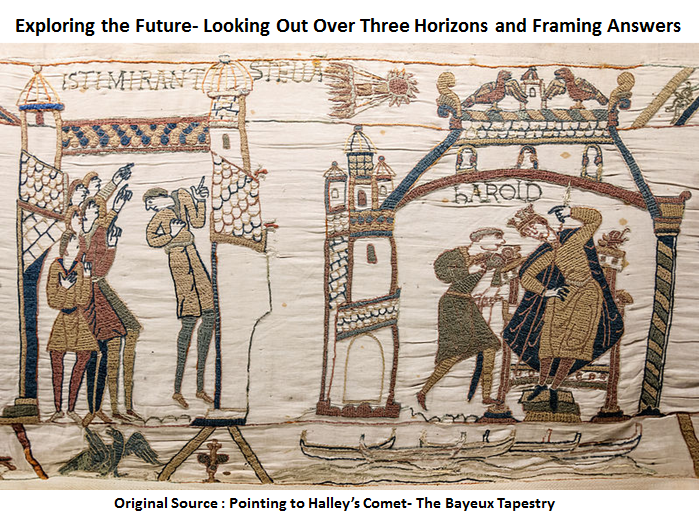 Within our ‘business as usual’ attitudes, there actually lies the seeds of destruction. Today there is a relentless pace; we are facing stagnation in many maturing markets if we don’t evolve.
Within our ‘business as usual’ attitudes, there actually lies the seeds of destruction. Today there is a relentless pace; we are facing stagnation in many maturing markets if we don’t evolve.
Yet we actually subvert the future to prolong the life of the existing. We need to frame our innovation needs differently for exploring and exploiting innovation across different time horizons to move beyond the usual.
Commonality within innovation is becoming increasingly important. We need to build clear common languages of innovation, frameworks, methods and approaches.
There is a pressing need to frame innovation in different ways, to meet change that lies in the future. We are in need to clarify our options and this requires multiple thinking horizons to work through to deliver a richer tapestry of innovation discovery.
Continue reading “Exploring the Rich Tapestry within the Three Horizon Framework”
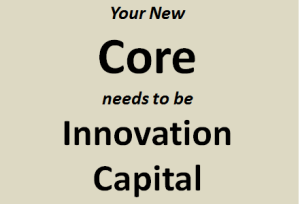
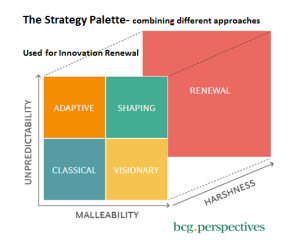
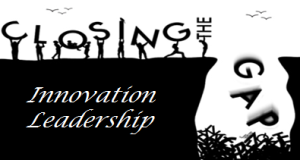



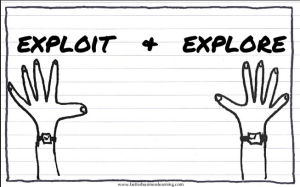
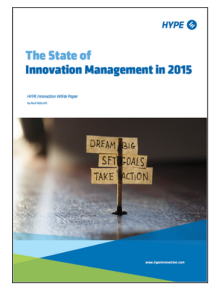
 The days of simply having ideas moving through a pipeline and coming out the other end as finished product and services seems part of our great past.
The days of simply having ideas moving through a pipeline and coming out the other end as finished product and services seems part of our great past.